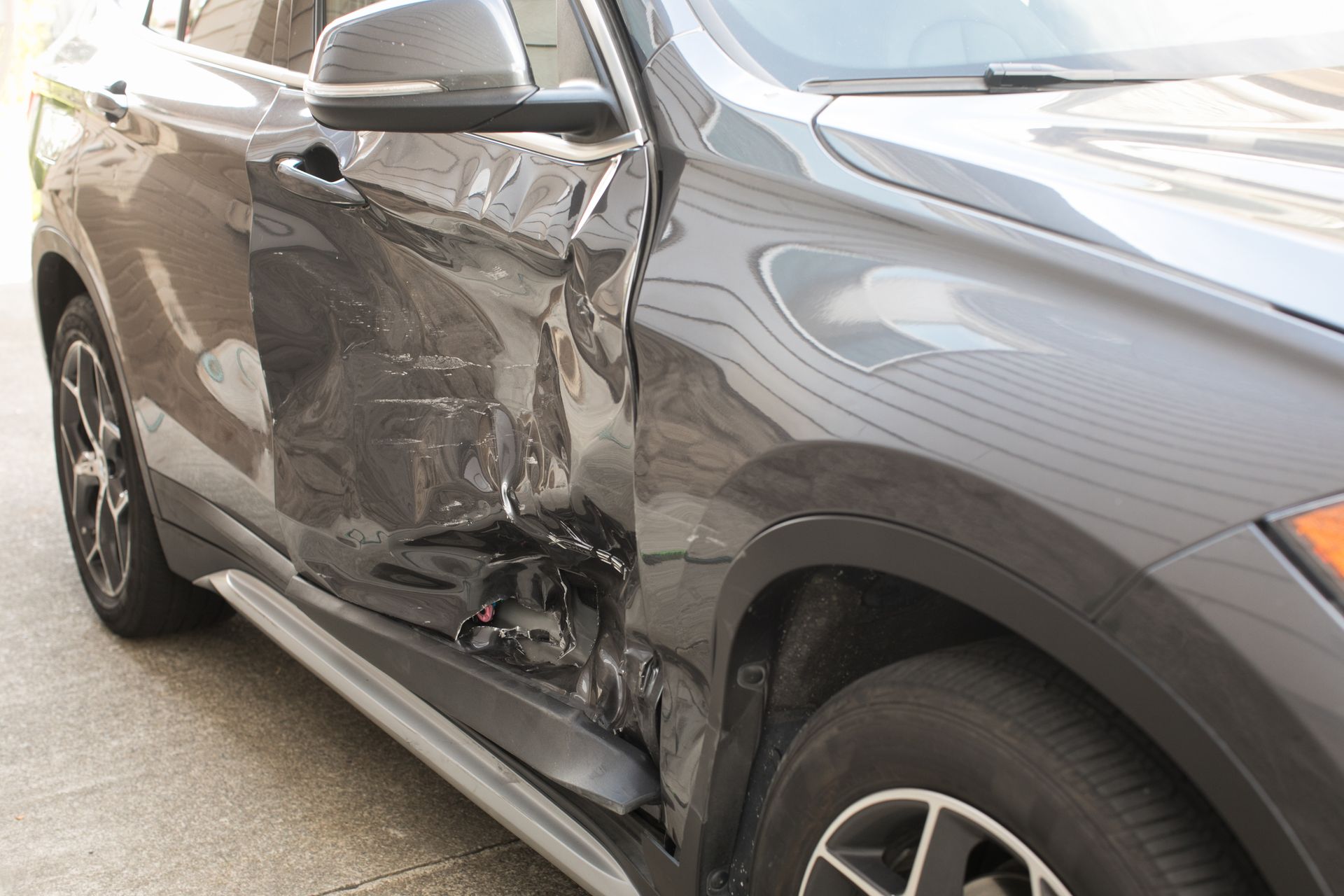Who Is At Fault in a T-Bone Accident?
On behalf of Harper, Evans, Hilbrenner & Netemeyer
Establishing Fault in T-Bone Collisions

T-Bone accidents, also known as side-impact collisions, are notorious for their complexity in determining fault. These accidents occur when the front of one vehicle collides with the side of another, forming a 'T' shape. In Missouri, understanding who is at fault in such incidents is crucial, given that the state follows an at-fault system for car accidents. This system places significant emphasis on the actions of each driver involved in the accident, requiring a thorough investigation to establish liability. Critical factors in such investigations often include traffic signals, right of way at intersections, and the drivers' adherence to road rules. Missouri's approach recognizes that fault may not always lie solely with one party, allowing for shared responsibility in specific scenarios. This nuanced interpretation of fault has profound implications for insurance claims and legal accountability in these accidents. Consequently, drivers involved in T-Bone collisions in Missouri must navigate a complex legal landscape to determine liability, understand their rights, and seek appropriate compensation.
Determining Fault in T-Bone Accidents
When it comes to T-Bone accidents, often characterized by the frontal impact of one vehicle on the side of another, determining who is at fault can be complex. In these collisions, the shape of a 'T' is usually formed, indicating the point of impact. The primary aspect to consider in establishing fault is identifying which driver had the right of way at the time of the accident.
A typical scenario leading to a T-Bone accident involves one driver failing to yield the right of way. This can occur at intersections when a driver runs a red light or a stop sign or in cases where a driver makes a left turn in front of oncoming traffic without a green turning signal. Misjudgment of speed and distance by the turning driver can also contribute. However, both drivers might share the fault in some cases, especially when both attempt to beat a red light. In Missouri, both drivers could be partially liable in such scenarios.
Proving Fault in T-Bone Collisions
After a T-Bone accident, establishing fault is essential for the following legal proceedings. The victim or their legal representative is responsible for gathering sufficient evidence to prove causation and fault. This evidence is critical to establish liability and recover damages. Key pieces of evidence typically include:
- The police report and accident report provide an official account of the incident.
- Reports detailing the damage to each vehicle offer insights into the nature and severity of the impact.
- Statements made by the drivers immediately after the accident can reveal important details about their actions and perspectives.
- Eyewitness statements and testimony can corroborate or refute the drivers' accounts.
- Video footage from traffic cameras, dash cams, or surveillance cameras provides a visual record of the accident.
- Expert opinions from accident reconstructionists can analyze the evidence and determine the dynamics of the collision.
An experienced car accident lawyer typically conducts a thorough investigation to gather this evidence. Once liability for the crash is established, the victim can demand compensation for damages, usually contingent on factors like the severity of the injuries and the extent of property damage.
Missouri's At-Fault System
In Missouri, the at-fault system governs car accidents, making it pivotal for those involved in a T-Bone accident to understand how fault is determined and its implications. Under this system, the driver who caused the accident bears responsibility for the resulting damages. However, this straightforward allocation of fault can become complex when both drivers have contributed to the accident. In such scenarios, Missouri's Pure Contributory Negligence rule is applied. This rule intricately assigns each party a percentage of fault, influencing the compensation they may receive.
This allocation of fault is not merely about assigning blame; it significantly impacts the financial aspects of the accident. When fault is established, it guides the distribution of financial responsibilities for damages incurred, including property damage, medical bills, and other related losses. Understanding this system is crucial, especially in cases where the allocation of fault is less clear-cut and involves shared liability. Navigating Missouri's at-fault system requires a comprehensive grasp of state laws and often the assistance of legal professionals to ensure the fault is pretty and accurately determined.
Steps to Take If Involved in a T-Bone Accident
In the event of a T-Bone accident in Missouri, the steps you take can significantly impact the outcome of any legal and insurance proceedings. If you are at fault, contacting your insurance company and seeking legal advice immediately is crucial. Awareness of Missouri's comparative negligence rules is essential, as it may affect your liability and the compensation process.
Conversely, if you are not at fault, your first action should be to seek medical attention, prioritizing your health and well-being. Following medical care, gather the contact and insurance information of the other driver involved in the accident. Documenting the accident scene, your injuries, and any other relevant details is also essential, as this information can be crucial in insurance claims and legal processes.
In both scenarios, consulting with a personal injury attorney is advisable. An attorney can guide you through dealing with insurance companies and the legal system, ensuring your rights are protected and you receive fair compensation. This guidance is essential in Missouri, where the at-fault system and comparative negligence rules can make the aftermath of a T-Bone accident complex. Contact the personal injury attorneys at Harper, Evans, Hilbrenner & Netemeyer for assistance.

